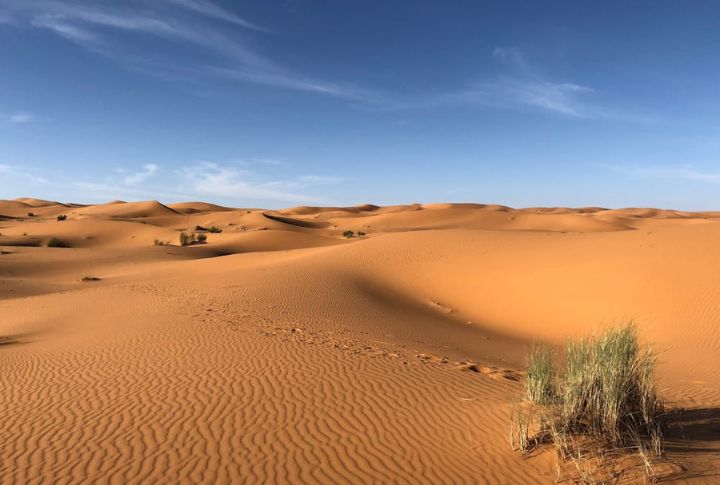
Under its endless sun and sand, the Sahara hides stories many have never heard or even imagined today. Scientists and local communities now see hints of change—signs that the desert could have a wet future. Ahead, we explore how climate shifts and human effort might reshape this vast desert again.
Ancient Lake Mega-Chad Once Covered The Sahara
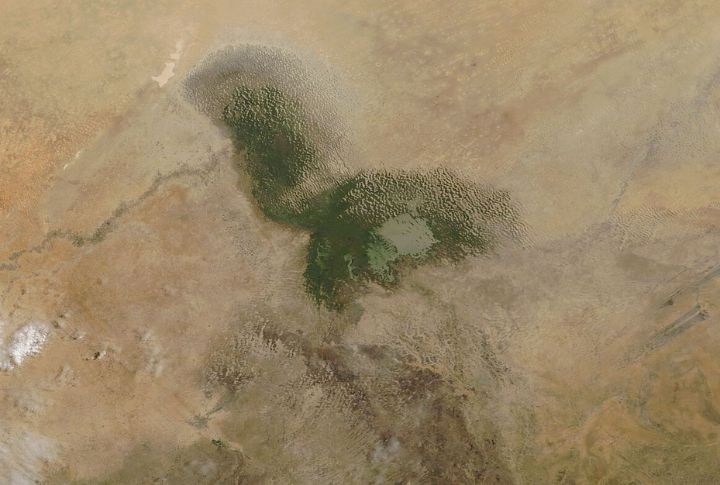
Roughly 7,000 years ago, Lake Mega-Chad spread across 139,000 square miles and ranked as Earth’s largest freshwater lake. Today, fossilized fish bones rest on dry beds. Satellite photos outline its massive ancient borders, and locals still tell stories of a lost inland sea.
Green Sahara Periods Occur Every 20,000 Years
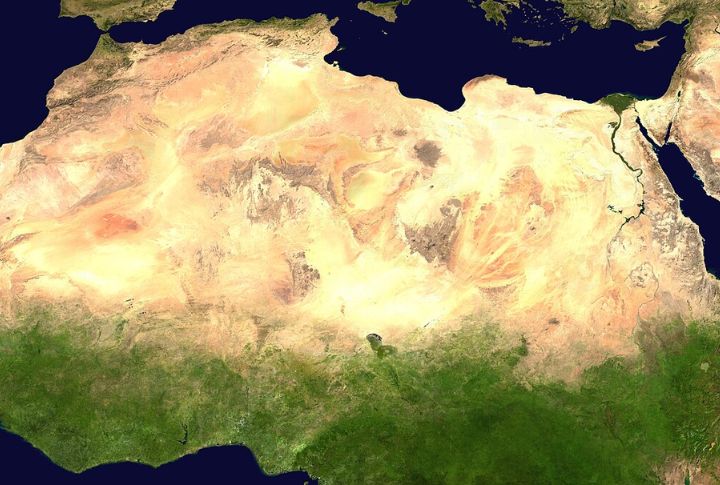
Earth’s orbital wobble shifts monsoon patterns every 20,000 years and makes the Sahara wet for a time. Hippos and crocodiles thrived during these wetter phases. Ancient rivers connected to the Nile system during green cycles, and early humans traveled along these fertile corridors.
Fossilized Human Settlements Prove A Lush Past
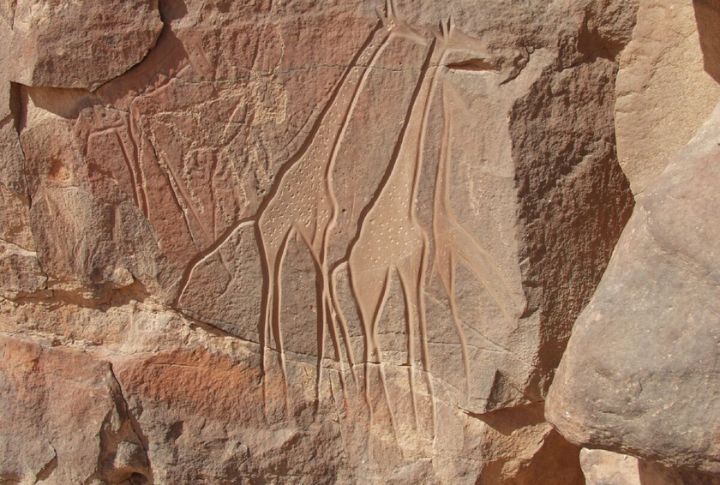
Buried river valleys hold tools and pottery from ancient settlers. Rock art on stones shows cattle herding and hunting scenes, and carvings that include giraffes and swimmers have also been found. Many nomadic tribes link family roots to these ancient farmers. Each year, new sites appear, proving life once bloomed here.
Sahara Hosts Hidden Underground Aquifers

Large fossil aquifers rest beneath the Sahara sands, and Libya’s Great Man-Made River draws water from this hidden supply. Some of this water has been underground for a million years. Wells in remote areas still supply fresh water, and scientists use radar from space to map the aquifers.
Shifting Monsoons Can Transform Deserts
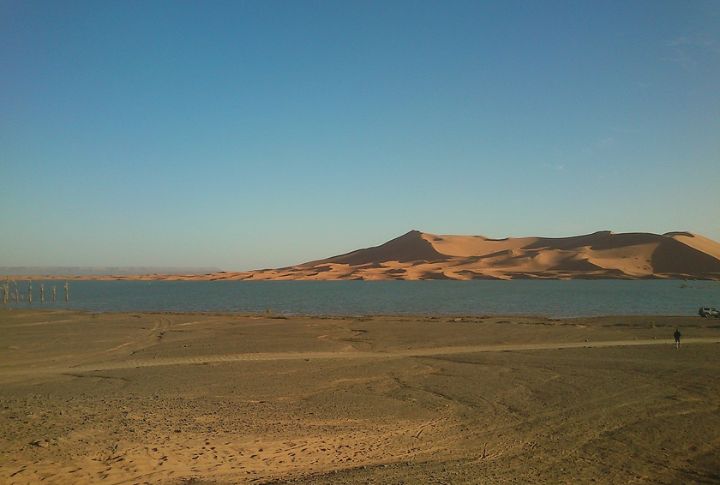
Climate change has the potential to extend the monsoons’ reach northward. Greater rainfall would green large desert territories. Old channels may run with seasonal flow as rain returns, and camels could once again find grazing near active rivers. Flash floods are already reshaping desert valleys today.
Vegetation Feedback Loops Boost Rainfall
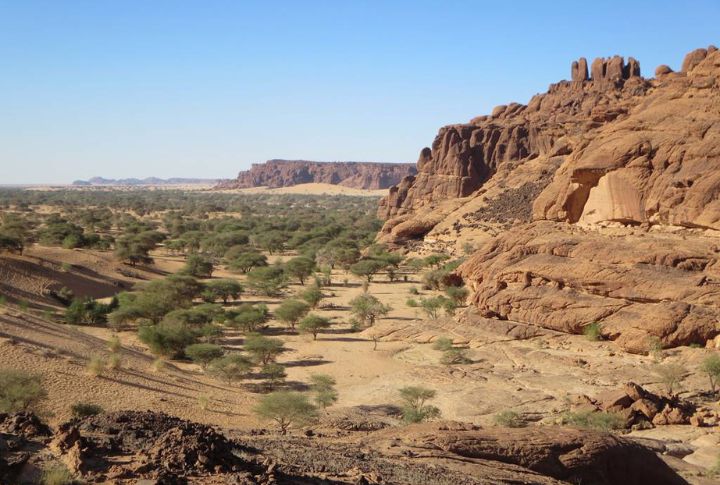
Plants lock moisture in soil and air, creating conditions for extra rain to fall. This simple feedback has ended the drought in parts of the Sahel. Villagers plant trees with the hope of bringing rain back, and small forests now stand where dry ground ruled for years.
Dust From The Sahara Affects The Weather

Tiny grains of Sahara dust cross oceans to feed the Amazon rainforest. When there’s less dust, clouds build up, and rain falls more easily. Dust storms help send these tiny particles thousands of miles away, and red dust has even landed on distant Caribbean beaches. NASA tracks these plumes from space each summer.
Satellite Data Reveals Greening Trends
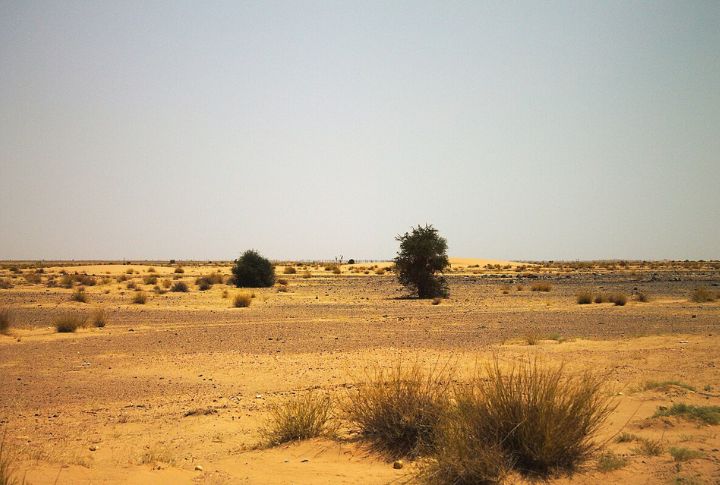
Satellite data from NASA shows the southern Sahara has been getting greener since the 1980s, and increased rainfall supports this return of vegetation. Farmers grow millet where dunes once stood, and wildflowers bloom after unexpected rain events. Grazing animals have come back to these larger grasslands, too.
Reforestation Projects Are Taking Root

The Great Green Wall project works to restore millions of acres across dry regions. Planted trees anchor soil and hold moisture in place. Acacia trees provide gum arabic, which is used worldwide, and beekeeping has flourished in these new forest zones. Women’s cooperatives earn income by planting and caring for these trees.
Future Renewable Energy Could Aid The Restoration

Solar energy projects could finance water recycling to create oases. Wind energy projects support efforts to reforest dry zones, and plans are in place to export solar power from the Sahara to Europe. Green energy jobs strengthen local village economies, and several sites operate as research stations testing crops for desert farming.

